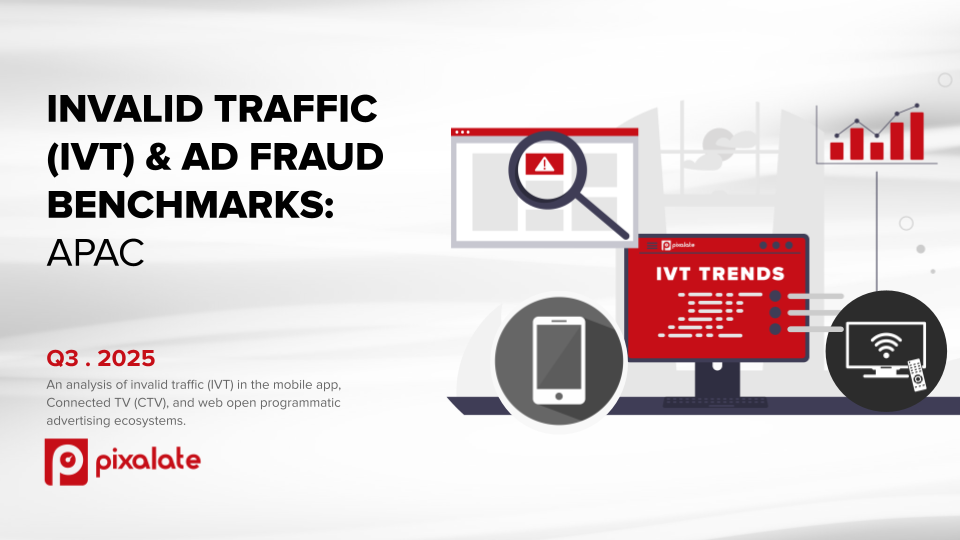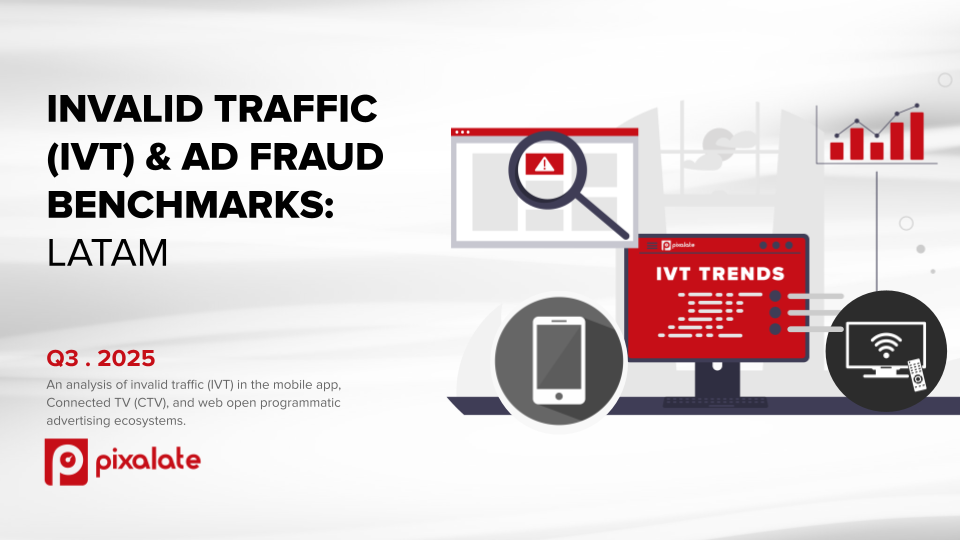The world of programmatic advertising is complex and opaque, with many intermediaries involved in the process of delivering an ad to a user. This complexity causes inefficiencies, increased costs for advertisers, and an increased risk of fraud and invalid traffic. That's why supply chain optimization (SPO) has become an essential aspect of managing ad traffic.
The OpenRTB Supply Chain Object (SCO) is a key tool for organizations to optimize their supply chains. The SCO is a data structure that provides transparency and visibility into the programmatic advertising supply chain. It enables the exchange of data between buyers and sellers - and all intermediaries - in the advertising ecosystem, allowing stakeholders to track and verify the path of an ad opportunity from the publisher to the advertiser. Each entity involved in the ad transaction would add information about themselves onto the SCO attribute before passing the bid request along to the next entity. More information about the SCO can be found here.
Pixalate processes SCO data to help clients optimize their supply paths. This gives Pixalate a unique perspective on the current state of programmatic advertising supply chains. Pixalate recently released a report that provides a global, industry overview of supply paths, from data aggregated for Q1 2023. The report provides valuable insights into the current state of supply chains in the programmatic advertising industry:
The report reveals that 87% of supply chain objects are marked as complete, indicating that the industry may be making strides toward transparency. In addition, supply chains marked as incomplete have a 55% higher average Invalid Traffic (IVT) rate than complete chains, indicating a correlation between obscured supply chains and IVT.
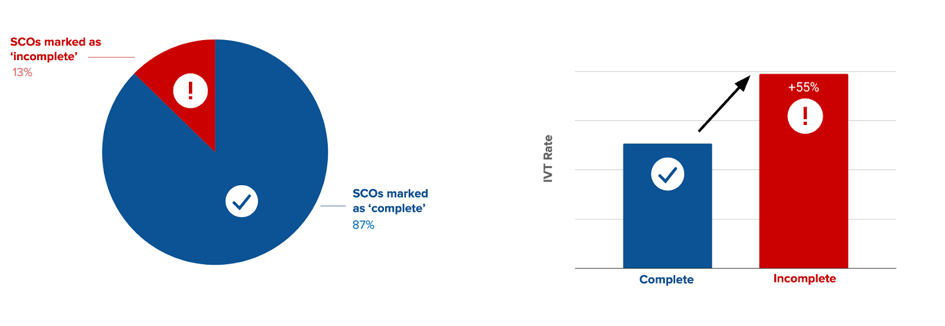
The report revealed an interesting correlation between video and CTV ads and their supply chain lengths.
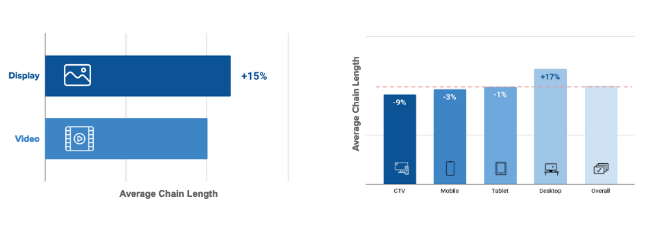
Display ads reported 15% longer chains than video ads. Similarly, ads served on desktops had supply chains that were 29% longer than on CTV. Video and CTV formats are generally considered higher value, and this could be the reason why buyers prefer more direct paths and trusted sellers for these formats.
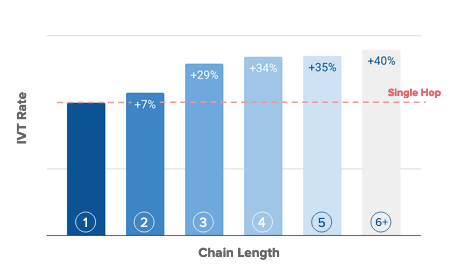
Another key finding from the report is that a chain with 6+ hops has a 40% higher IVT rate on average, compared to a single-hop chain. This highlights the importance of limiting the number of intermediaries in the supply chain to reduce fraud.
That said, it is important to note that Pixalate recommends each company examine its supply paths individually since what is true at the global level might not be true for their specific set of partnerships. There are always interesting insights to be found when looking at your supply paths!
For more detailed information and insights, please download the full report here:

Note - The OpenRTB SCO specs indicate that the “complete” flag should be set to false if any entity in the chain does not find complete information being passed to them. That said, it is best practice for each entity to validate this flag - for example by checking against ads.txt and sellers.json information. For the purpose of this report, Pixalate chose not to perform a similar validation, in order to baseline data with just the complete flag. Pixalate will continue to publish reports investigating advanced SPO concepts including validation. Stay tuned!
Disclaimer
The content of this blog, and the Q1 2023 Supply Path Optimization Trends Report (the "Report"), reflect Pixalate's opinions with respect to factors that Pixalate believes can be useful to the digital media industry. Pixalate’s opinions are just that, opinions, which means that they are neither facts nor guarantees. Pixalate is sharing this data not to impugn the standing or reputation of any entity, person or app, but, instead, to report findings and trends pertaining to programmatic advertising activity across CTV apps in the time period studied.








